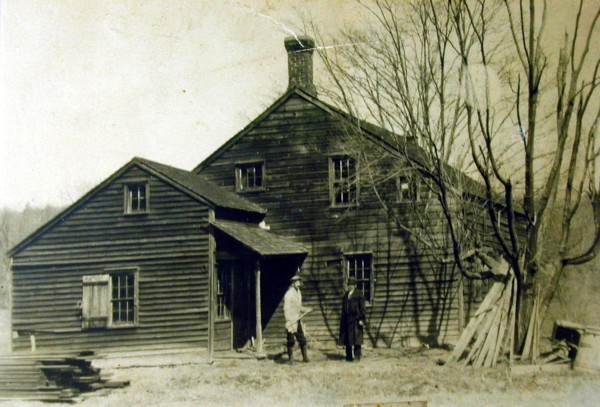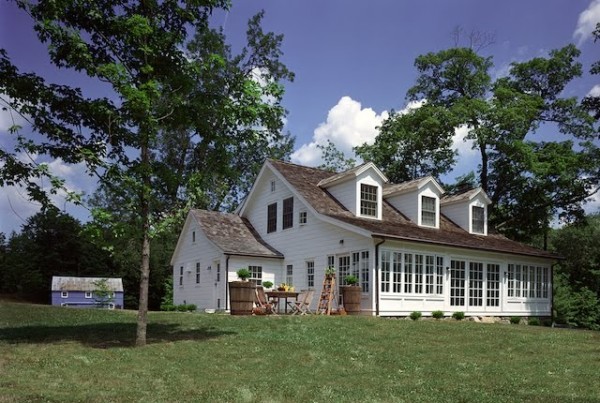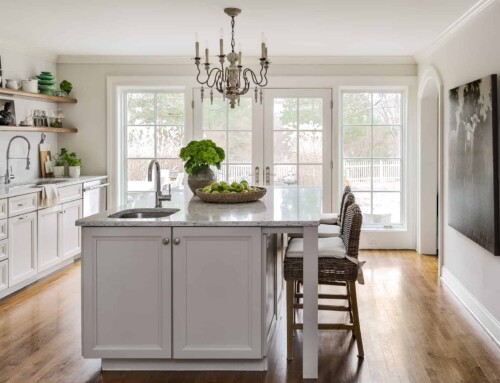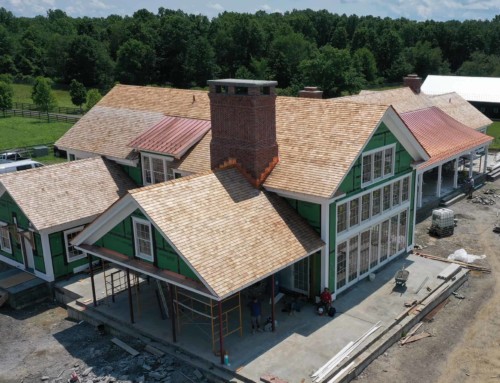Most American homes built in the eighteenth or nineteenth centuries were farmhouses. We were predominantly an agrarian society living on family farms. Today’s suburbs were once pastures. Quite a few modern subdivisions include an old farmhouse, which at one time was the only house in sight.
When the farm families grew and their circumstances improved, it was natural to expand the homestead. It is rare to find an old house today that has not been renovated and added onto over the centuries. Sometimes those changes were in keeping with the original structure, but more often the changes simply met the immediate needs of the family at that time.
When contemplating the renovation of an historic farmhouse, a little detective work is in order. It helps to understand the evolution of building practices over time that can help reveal a history of the home. Hand hewn beams in country homes began to be replaced with saw cut rafters in the late 1800s. The type of nails and other building materials and styles also help to date a home. An avocado colored refrigerator is a dead giveaway for a kitchen renovation from the 1970’s.
 It is usually not too hard to decide what to keep and what get rid of when renovating an old home. Very often there are wonderful wide board floors under shag carpets and vinyl tile. Vinyl siding can protect period clapboard which really only needs a good paint job. Insulation is rarely adequate in an old home and depending on the type of wall framing, it may be easier to bundle up in winter than bring the home up to modern standards.
It is usually not too hard to decide what to keep and what get rid of when renovating an old home. Very often there are wonderful wide board floors under shag carpets and vinyl tile. Vinyl siding can protect period clapboard which really only needs a good paint job. Insulation is rarely adequate in an old home and depending on the type of wall framing, it may be easier to bundle up in winter than bring the home up to modern standards.








